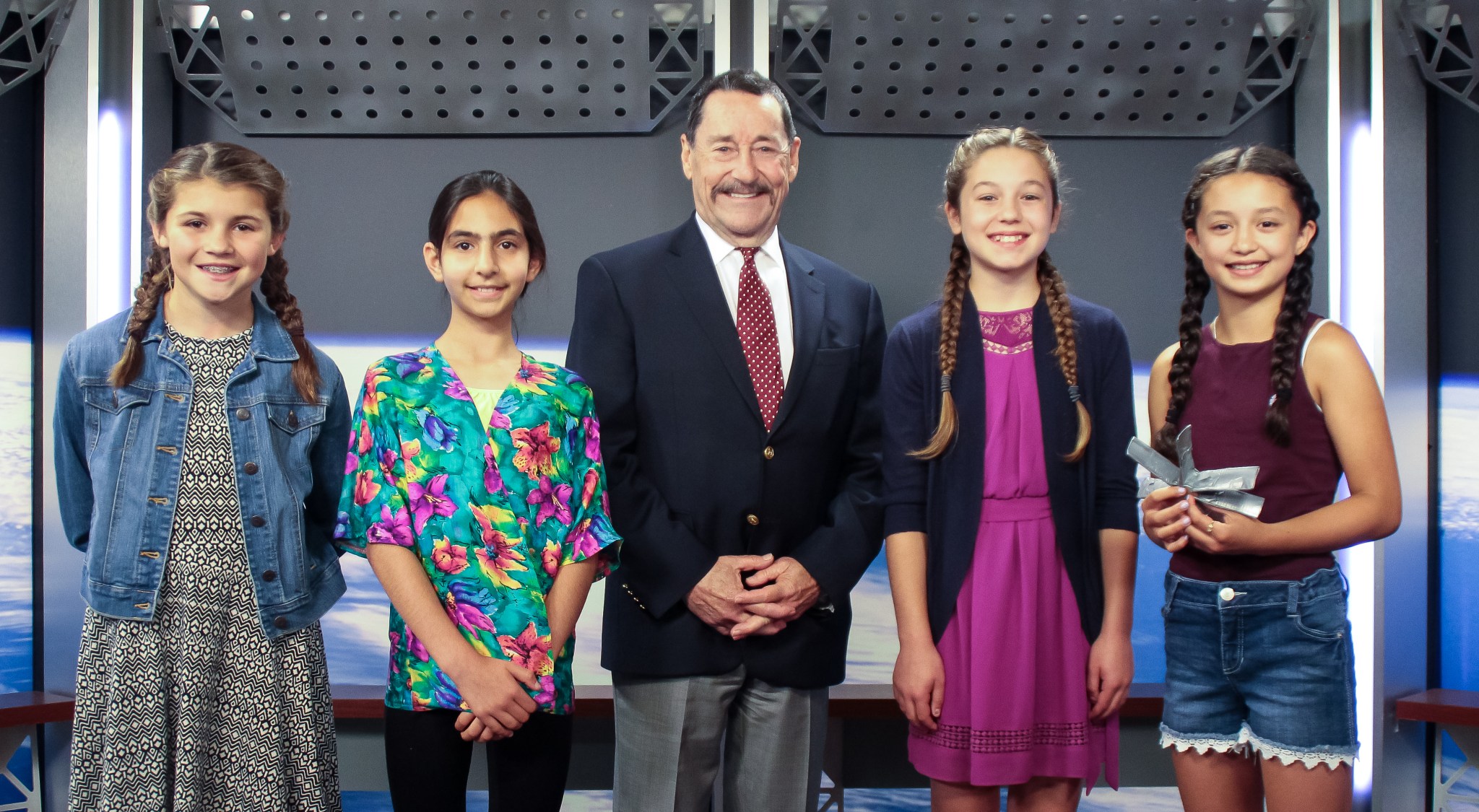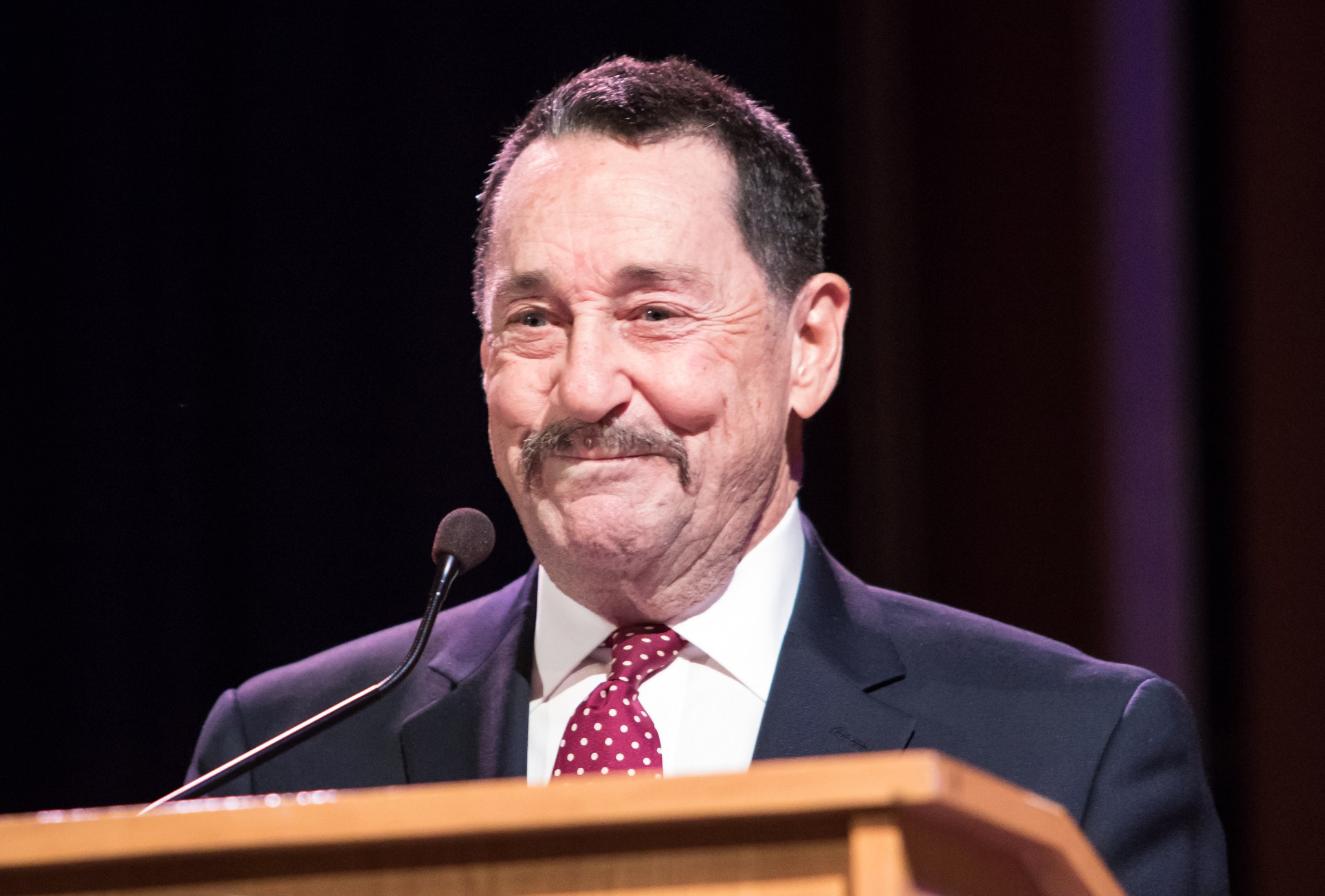
How do you get 10 students from across the country excited about hydroelectricity, aircraft technology and fiber optics? You introduce them to OPTIMUS PRIME himself, Peter Cullen during his visit to NASA.
Cullen met with three teams of elementary, middle and high school students as NASA’s Goddard Space Flight Center in Greenbelt, Maryland hosted the 2017 OPTIMUS PRIME Spinoff Promotion and Research Challenge (OPSPARC) on June 21 and 22.
Cullen considers himself the “mascot” of the challenge, and hopes the connection between TRANSFORMERS and STEM can inspire the children who participate.
“It was just a natural way to get kids interested into space, and I jumped at that opportunity because I’m a firm believer in it,” Cullen said. “As OPTIMUS PRIME, I get to instill excitement into some people’s lives and that’s a reward on its own.”
OPSPARC is in its sixth year, with over 1,700 students participating this year alone. Darryl Mitchell, assistant chief of the Strategic Partnerships Office at NASA Goddard and one of the coordinators of OPSPARC, suggested that the future of the program lies in expanding the challenge around the world.
Through engineering design processes, students collaborated to find the perfect idea for their projects.
“We were originally about to trash our idea because how do you get energy out of water? We were just so confused,” said Carolyn Chambers, a fifth grader from Fidalgo Elementary School, in Anacortes, Washington. “We were explaining it to our teacher, and she was like, ‘oh, just look up hydroelectricity.’ We looked it up and the whole project came together.”
Cullen met with the winners from three teams — fifth graders from Fidalgo Elementary School, seventh graders from The Hamlin School in San Francisco, California, and 10th graders from Baylor School in Chattanooga, Tennessee — to recognize them for their innovations and designs sparked from public NASA technologies.
The students kicked off the challenge in October 2016, submitting their final projects at the beginning of this year.
Teams created, brainstormed, designed and developed their projects, resulting in a Glog, or digital poster. Teams, grouped by grade level, were notified of their wins in May, culminating in a two-day visit to Goddard this week.
Earlier in the day, students outlined their projects in a promotional video recorded with Cullen in Goddard’s television studio, before taking the stage in the afternoon for their formal presentations.
Participants’ projects used spinoffs to develop hydroelectric power, airplane technology to keep plants warm in cold climate, and the high school team enhanced fiber optic communication using James Webb Space Telescope technologies.
By expanding the horizons of OPSPARC around the globe, the creators of the challenge ultimately hope to have students begin to look beyond the Earth.
“One of you may become the first to go to Mars, and that makes all of you here a team of heroes,” Cullen said.
TRANSFORMERS and OPTIMUS PRIME are trademarks of Hasbro and are used with permission.
© 2017 Hasbro. All Rights Reserved.
Click here for more photos: https://www.flickr.com/photos/nasa_goddard/sets/72157682897225063/
For more information, and to register for next year’s contest, please visit the OPSPARC website: http://itpo.gsfc.nasa.gov/optimus/index.php
For earlier story announcing the winners, visit:
By: Kathryn DuFresne, Lacey Young
NASA’s Goddard Space Flight Center, Greenbelt, Md.

























